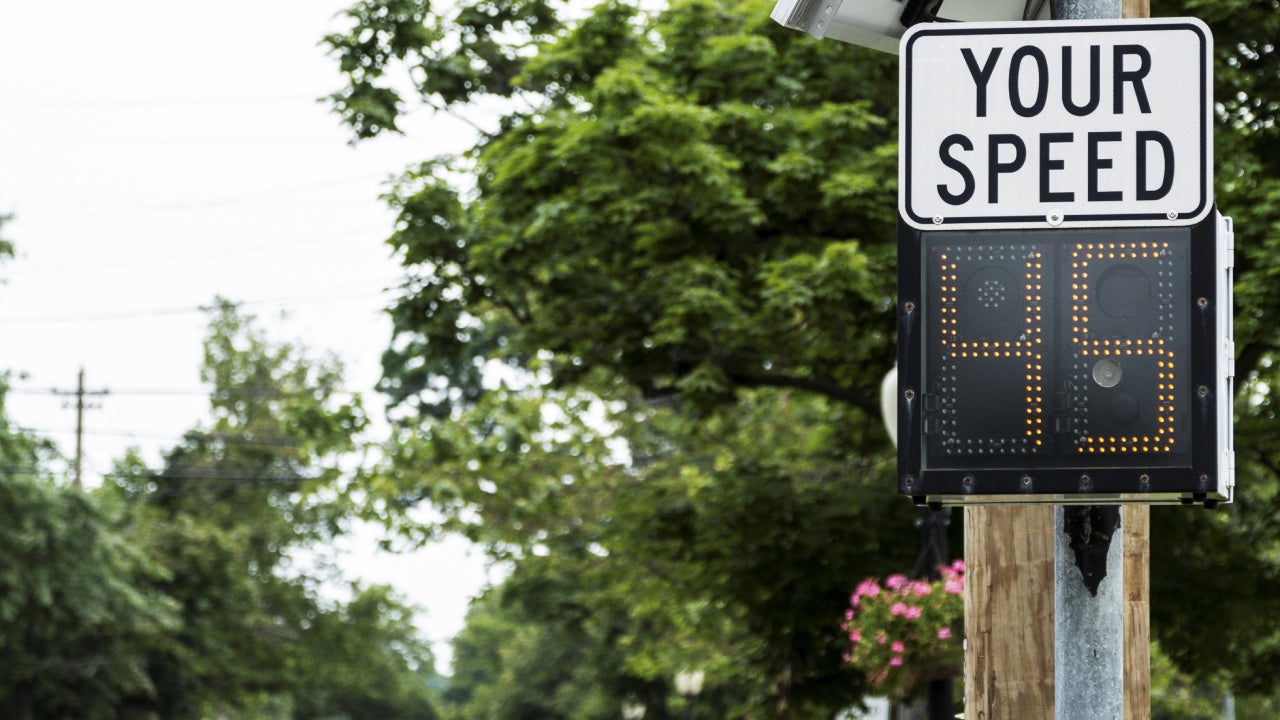What is cash value life insurance?

Key takeaways
- Cash value life insurance combines lifelong coverage with a savings component. The savings accumulate over time and can be accessed through loans or withdrawals.
- Premiums for cash value life insurance are typically higher than those for term life insurance.
- Types of cash value life insurance include whole, universal, indexed universal and variable, each with different structures for cash value growth.
- Cash value life insurance can be beneficial for those who’ve maxed out investment accounts or have unique financial planning needs.
When it comes to financial planning, life insurance, savings and investments each have a distinct role. None should serve as a substitute for another; rather, each provides unique value to a balanced financial strategy. While savings and investments aim to build wealth over time, life insurance serves to protect that wealth, ensuring security for loved ones.
Cash value life insurance adds a twist to traditional life insurance. It combines a death benefit with a cash accumulation feature. This can be an attractive benefit for those who need lifelong protection and want the added flexibility to access funds within the policy. Bankrate’s life insurance editorial team dove into the details of different life insurance options, so you have the information you need to make important decisions for your family’s financial future. Below, we’ll explore whether cash value life insurance might be a valuable addition for you — or if other options may align better with your financial goals.
How does cash value life insurance work?
Cash value life insurance is permanent life insurance with a cash accumulation component. As long as premiums are paid, these policies are designed to last your entire life (typically up to a coverage age of 95 to 121).
Here’s how it works: Each time you pay your premium, part of it goes toward the cost of insurance and fees, while the remaining is allocated to the cash value component. The cash value grows tax-deferred over time, which means you won’t pay taxes on the growth unless you withdraw it and the amount exceeds the premium payments you’ve made.
Note: If the life insurance policy is a modified endowment contract (MEC), taxes are different. For tax purposes, withdrawals are on a last-in, first-out (LIFO) basis. This means that all withdrawals are treated as taxable income until they cumulatively equal all interest earnings in the contract.
The way cash value grows depends on the specific type of policy — whether it’s whole life, universal life or variable life. These policies differ in how they earn interest, with some offering guaranteed rates and others tied to market performance. Additionally, some policies earn dividends which can grow the cash value more quickly. We’ll go into more detail on this later, but first, let’s break down two ways you can access this cash value through policy loans and withdrawals.
Policy loans
One of the unique features of cash value life insurance is the ability to borrow against the policy’s cash value. These loans don’t require credit checks, and they come with flexible repayment options — including not paying back the loan at all while you’re alive. However, these loans can accrue interest if not paid back, and any unpaid balance reduces the death benefit your beneficiaries receive. A policy loan can be a convenient way to access funds, but it’s important to stay aware of potential impacts on your overall policy.
Withdrawals
Another way to use your policy’s cash value is through direct withdrawals. Unlike loans, withdrawals don’t need to be repaid. However, funds taken out this way reduce the policy’s death benefit dollar-for-dollar. Additionally, if you withdraw more than your “cost basis” (the amount you’ve paid in premiums), you may owe taxes on the excess. Excessive withdrawals can have a negative long-term impact on policy performance. Note: You cannot withdraw from whole life policies.
Types of cash value life insurance
Choosing a cash value life insurance policy means deciding on coverage that is designed to last a lifetime while also allowing you to build savings within the policy. These policies can provide long-term security and flexibility for those who want both protection and the option to access funds over time. However, understanding the nuances — like how cash value grows, what’s guaranteed and which options suit your financial goals — can make a big difference in selecting the best policy. Let’s break down the primary types and what they offer, so you can make an informed choice.
Whole life insurance
Whole life insurance provides steady, reliable coverage. This policy type comes with fixed premiums, a guaranteed death benefit and cash value that grows at a set interest rate. If you opt for a participating whole life policy, you additionally have the potential to earn dividends which can be used in a number of ways.
The simplicity of whole life insurance can be appealing if you want stability in both coverage and cash value growth without worrying about market shifts. It’s a practical choice for those seeking predictability and who prefer a policy with no surprises down the line.
Universal life insurance
Universal life insurance (UL) is like whole life’s flexible cousin. UL policies still provide lifetime coverage, but they allow you to adjust your premiums and the death benefit if your needs or financial situation change. The cash value of a UL policy grows based on varied interest rates set by the insurance company, so it might rise and fall a bit over time. Imagine a policy that grows alongside you — giving you more control over your payments and benefits. This option could be ideal if you like flexibility and want to have more say in how your policy works for you.
Indexed universal life insurance
Indexed universal life (IUL) has the flexibility of traditional UL but links your cash value growth to a stock market index, such as the S&P 500. Gains are usually capped, but there is also a guaranteed minimum interest crediting rate, meaning even if the market performs poorly you won’t lose money. IULs have attractive features but they also typically have higher fees and premiums compared to other types of life insurance.
Variable life insurance
Variable life insurance is a policy with a little more “investment power” built in. Here, your cash value isn’t just sitting in your cash value account; instead, it’s invested in subaccounts typically tied to stock and bond funds. This means the cash value can potentially grow more quickly if the market does well, but it also means there’s some risk — your cash value could drop if the market dips. Think of it like combining insurance with an investment account. Variable life may be a good fit if you’re comfortable with risk and like the idea of your policy’s cash value potentially growing with the market.
Pros and cons of cash value life insurance
Cash value life insurance offers a range of benefits, but it’s important to weigh the potential downsides. Here’s a breakdown to help you decide if it’s a good fit for your needs.
Pros of cash value life insurance
- Access to funds while living: Cash value can be accessed for loans or withdrawals during your lifetime, providing a financial safety net for unexpected expenses.
- Tax-deferred growth: The cash value in your policy grows tax-deferred, which means you don’t pay taxes on the interest earned unless you withdraw it, allowing your money to grow faster.
- Fixed or potentially higher returns: Depending on the policy type, you can earn steady interest (whole life) or take advantage of market-linked growth opportunities (variable or indexed policies).
- Premium flexibility: Many policies let you overpay your premiums to build up the cash value faster, which can give you more funds to access later on.
Cons of cash value life insurance
- Higher premiums: Cash value policies are significantly more expensive than term policies, so be sure the added cost fits your long-term budget.
- Fees and expenses: Cash value policies often come with extra fees and charges, especially in the early years, which can impact the growth of your cash value.
- Potential impact on death benefit: Withdrawals or unpaid loans from your cash value reduce the death benefit left to your beneficiaries, so accessing your cash value has trade-offs.
- Slow accumulation: Cash value can take several years to grow, meaning it may not offer immediate financial benefit.
- Complex structure: Cash value policies are more complicated than straightforward term policies, so understanding the specifics of your policy is important for effective use.
How to use the cash value from your life insurance
Accessing the cash value of a life insurance policy can provide financial flexibility, but it’s important to understand how each option affects your policy and potential tax implications. Here are some common ways to use the cash value in your life insurance policy.
Partial withdrawals
You can make a partial withdrawal from the cash value of some policies, like universal life insurance. However, keep in mind:
- Withdrawals are permanent, meaning you can’t pay the amount back into the policy.
- Taking a withdrawal reduces your policy’s death benefit dollar-for-dollar, potentially leaving less for beneficiaries.
- Withdrawals above your cost basis (the total premiums paid into the policy) may be subject to taxes.
Policy loans
Another option that we discussed earlier is to take a loan against your policy’s cash value. However, here are some reminders:
- Policy loans don’t require credit approval, and the interest rates are often lower than other borrowing options.
- While you don’t have to repay the loan while alive, any unpaid balance and accrued interest reduce the death benefit your beneficiaries receive.
Paying premiums with cash value
Once you’ve accumulated enough cash value, you may have the option to use it for premium payments. For whole life insurance, this is typically done through a loan against your cash value, meaning interest will apply, and the amount borrowed reduces the death benefit if not repaid. You can also skip payments on universal policies by using the policy values to cover the cost of insurance. However, it may be best to speak with an experienced insurance professional for the finer details as these actions can be quite complex.
Surrendering your policy
If you no longer need the coverage, surrendering your policy can release the cash value:
- You’ll receive the cash surrender value, which is the cash value minus any outstanding loans and applicable surrender fees.
- If the cash value you receive exceeds the total amount you’ve paid in premiums (your cost basis), you may owe income taxes on the gain.
- Surrendering a policy ends your coverage, so beneficiaries won’t receive any death benefit.
Do I need cash value life insurance?
For most people, a term life insurance policy provides the financial safety net their family needs without the higher costs associated with cash value life insurance. Term policies offer affordable coverage, which makes them a practical choice for many families. However, cash value life insurance might be a suitable fit for specific situations. Let’s explore a few scenarios where cash value insurance could make sense.
- Long-term planning for business owners: For business owners, life insurance with cash value can provide added financial benefits. The cash value component can serve as collateral for a loan or provide accessible funds to invest back into the business. Plus, in some cases, a life insurance policy can help with succession planning, giving heirs or partners the funds they need to keep the business running smoothly in the event of an owner’s death.
- Families with lifelong dependents: If you have a loved one who will rely on you financially for their entire life, cash value life insurance can be beneficial since it’s designed to last the entire life of the insured. It offers peace of mind that your loved one will be financially supported even if you are no longer around.
- Building wealth beyond traditional retirement accounts: If you’re already maxing out your contributions to retirement accounts like an IRA or 401(k) and have a need for life insurance protection, cash value life insurance can be beneficial since it provides the needed coverage and tax-advantaged growth. The cash value in these policies grows tax-deferred, providing an additional savings vehicle for those looking to diversify their assets beyond traditional accounts.
- Estate planning for high-net-worth individuals: Individuals with substantial estates may find cash value life insurance beneficial as a tool to offset potential estate taxes. Since the death benefit is generally paid tax-free to beneficiaries, a life insurance policy can help heirs manage estate taxes without needing to liquidate assets, making it a strategic asset for legacy planning.
While cash value life insurance has distinct benefits, it’s often most beneficial in specific situations. For those simply looking to protect their loved ones financially, term life insurance usually provides the best balance of coverage and affordability.
Frequently asked questions
You may also like

How a speeding ticket impacts your insurance in New York

What are business cash reserves and why are they necessary?





